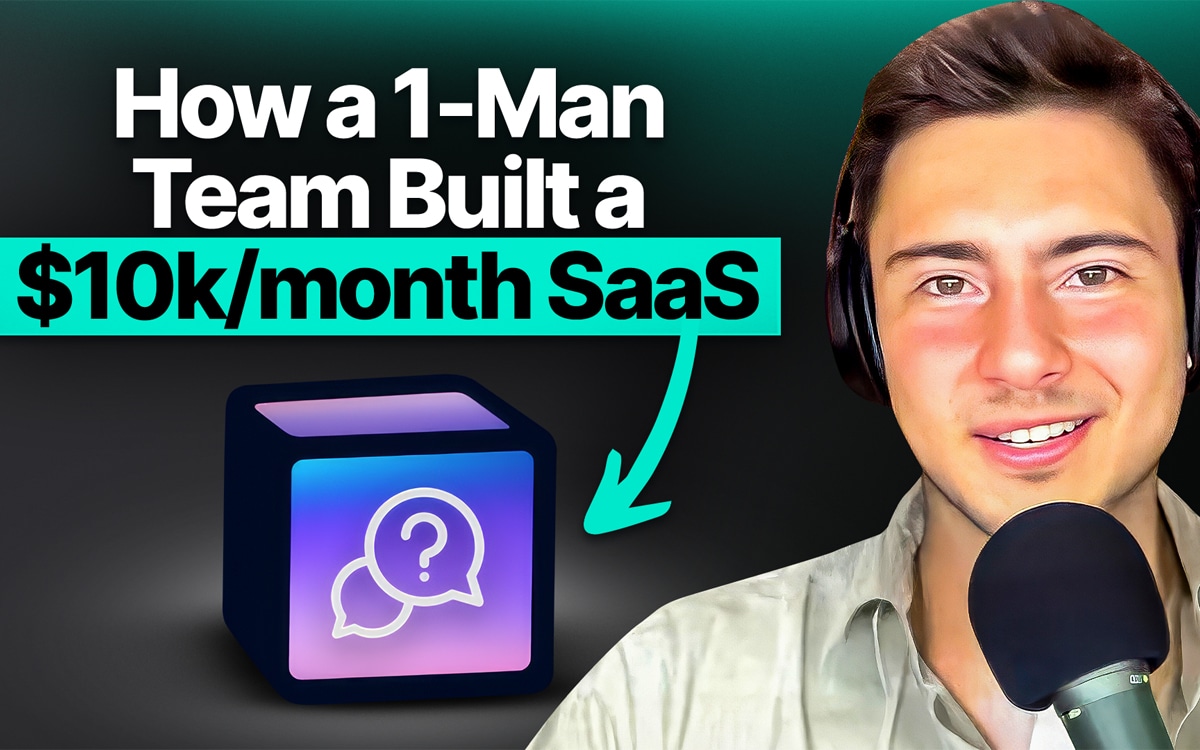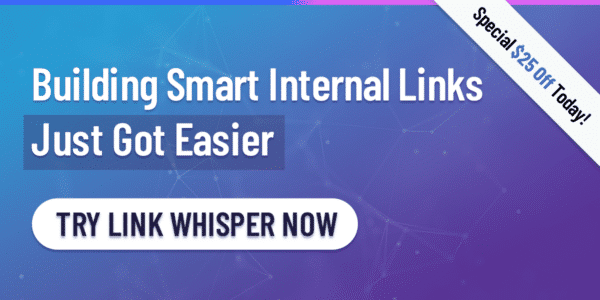How Dominik Sobe Grew HelpKit to $10K/month

In this week’s episode of the Niche Pursuits podcast, Dominik Sobe and I dive deep into his journey with HelpKit, a SaaS product he developed to transform Notion into a powerful help center platform.
With over 400 customers and steadily growing monthly recurring revenue, Dominik shares his insights on launching a successful SaaS product, finding product-market fit, navigating pricing, and understanding your customer base. This episode is packed with tactical advice for anyone looking to build or grow their own SaaS business.
Watch the Full Episode
Getting Started with HelpKit
Dominik’s path to HelpKit was far from conventional. Originally from Austria, Dominik started his career in business and economics but stumbled into the world of coding by chance. What began as a hobby — building a mobile app for personal use — led him to the realization that he could create his own software products.
His early entrepreneurial efforts were diverse but unsuccessful until one pivotal moment when he needed a better help center for his app. That’s when he turned to Notion and had the idea to turn it into a platform for creating professional help centers.
- HelpKit’s birth: Dominik wanted a better help center for his app, which led him to use Notion’s editor.
- Simplifying the process: HelpKit was designed to make creating help centers easy, accessible, and professional, using Notion as the backbone.
Now, HelpKit is a thriving business with 400 customers across various industries, from universities to large enterprises. HelpKit allows users to create help center websites using Notion, making the process easy and accessible for businesses of all sizes. Dominik’s decision to build a self-service SaaS tool, with a focus on simplicity, has been a key factor in its success.
The Struggle for First Customers
One of the toughest challenges for any SaaS founder is finding the first customers. Dominik shares that this stage was a grind, requiring him to reach out to dozens of potential customers manually.
Cold emailing, direct messaging, and attending to feedback were all part of the early hustle. For HelpKit, it wasn’t just about building a product — it was about fighting for every single customer in the beginning.
- Cold emailing and direct outreach: Dominik sent personalized emails to people he had interacted with before, offering them the product and asking for feedback.
- Building in public: Sharing his journey and product updates on platforms like Twitter helped build visibility and create word-of-mouth marketing.
- Engaging on launch platforms: HelpKit was also listed on platforms like Product Hunt, which helped boost its initial traction.
Dominik stresses the importance of doing things that don’t scale in the beginning, acknowledging that no one will just come to your product without the effort of building relationships and gaining trust.
Finding Product-Market Fit
Achieving product-market fit is crucial for SaaS products, and Dominik explains that HelpKit found its sweet spot early on, mainly because it solved a real problem for Notion users. He understood that businesses needed a simple, efficient way to manage help centers without relying on clunky, complicated software.
- Simplicity and value: The product resonated because it simplified help center management using a platform customers were already familiar with.
- Continuous feedback: The product evolved over time, based on the feedback of early users, which allowed it to better align with customer needs.
- Customer-centric development: HelpKit grew by continuously listening to customers and improving based on their feedback, such as adding analytics and refining features like the chatbot.
The evolution of HelpKit has been largely shaped by feedback from early customers. Dominik reflects on how small changes — like adding analytics to track knowledge base performance — were essential for growing the product to fit customer needs. Early on, it wasn’t about creating a perfect product but rather about aligning with what customers wanted.

Pricing Strategy and Lessons Learned
Pricing is often one of the hardest decisions for any SaaS founder. Dominik took a very data-driven yet instinctual approach to pricing HelpKit. Initially, the pricing was low, but as HelpKit evolved, Dominik realized that the value it provided was worth much more. He eventually raised prices after receiving feedback from customers that the tool was underpriced for the value it provided.
- Start low, adjust as you grow: Dominik started with low-priced plans but increased the price once the value became clearer to customers.
- Value-based pricing: Pricing was adjusted based on the perceived value of HelpKit, not just its cost to run.
- Discounting for yearly payments: HelpKit offers a discount for yearly payments, providing incentives for customers to commit upfront.
Dominik’s journey with HelpKit shows that pricing is not a one-time decision. It requires ongoing adjustments as you learn more about your customers and the value your product offers.
- Avoid freemium models: Dominik advises against freemium pricing models for bootstrapped founders, as it can prevent early monetization.
- Trial periods: HelpKit offers a 7-day free trial, which Dominik feels works well because it allows customers to experience the product fully before committing.
Side Projects and Lessons from Failure
While HelpKit is Dominik’s main focus now, he’s also worked on a variety of side projects, including FilmTypes, a niche website dedicated to photographic analog film. Despite its success in attracting a large audience and going viral on platforms like Hacker News and Product Hunt, Filmtypes never achieved the monetary success Dominik hoped for.
- Filmtypes’ success: The website gained massive traction, going viral and getting features in major photography publications.
- Monetization struggles: Despite its popularity, Dominik couldn’t find a monetization strategy that worked. This highlighted the difference between a viral project and a sustainable business.
This experience contrasts with the steady, sustainable growth of HelpKit. Dominik’s story underscores an important lesson in entrepreneurship: not every project needs to go viral to be successful.
While Filmtypes was a hit with its community, it lacked a clear monetization strategy, whereas HelpKit’s ongoing success stems from solving a practical problem and providing consistent value to customers.
Final Thoughts
Dominik’s story is a testament to the power of persistence, adaptability, and understanding your market. From his initial failures to the success of HelpKit, he’s learned that building a sustainable SaaS product is a journey that requires constant learning and iteration.
The key is not just in having a great product, but in knowing your audience, making the necessary adjustments, and always being open to feedback.
For aspiring SaaS founders, the lessons are clear:
- Focus on solving a real problem: Find a niche where there is already demand and build a product that provides clear value.
- Do the work, even when it’s hard: In the early stages, you’ll need to hustle. Cold outreach, building relationships, and sharing your journey are all part of the process.
- Iterate quickly and learn from feedback: Your first product might not be perfect, but it’s important to listen to customers and make improvements.
- Pricing is an ongoing process: Don’t be afraid to adjust pricing as you gain more insight into the value your product provides.
- Embrace failure as part of the journey: Every failed project is an opportunity to learn and grow for your next venture.
Ultimately, Dominik’s experiences remind us that success doesn’t always come from viral moments or quick wins — it comes from consistent effort, smart decisions, and a willingness to learn from both your successes and failures.
Whether you’re just starting out or trying to refine an existing product, the insights shared in this episode can serve as a blueprint for building a successful SaaS business.


